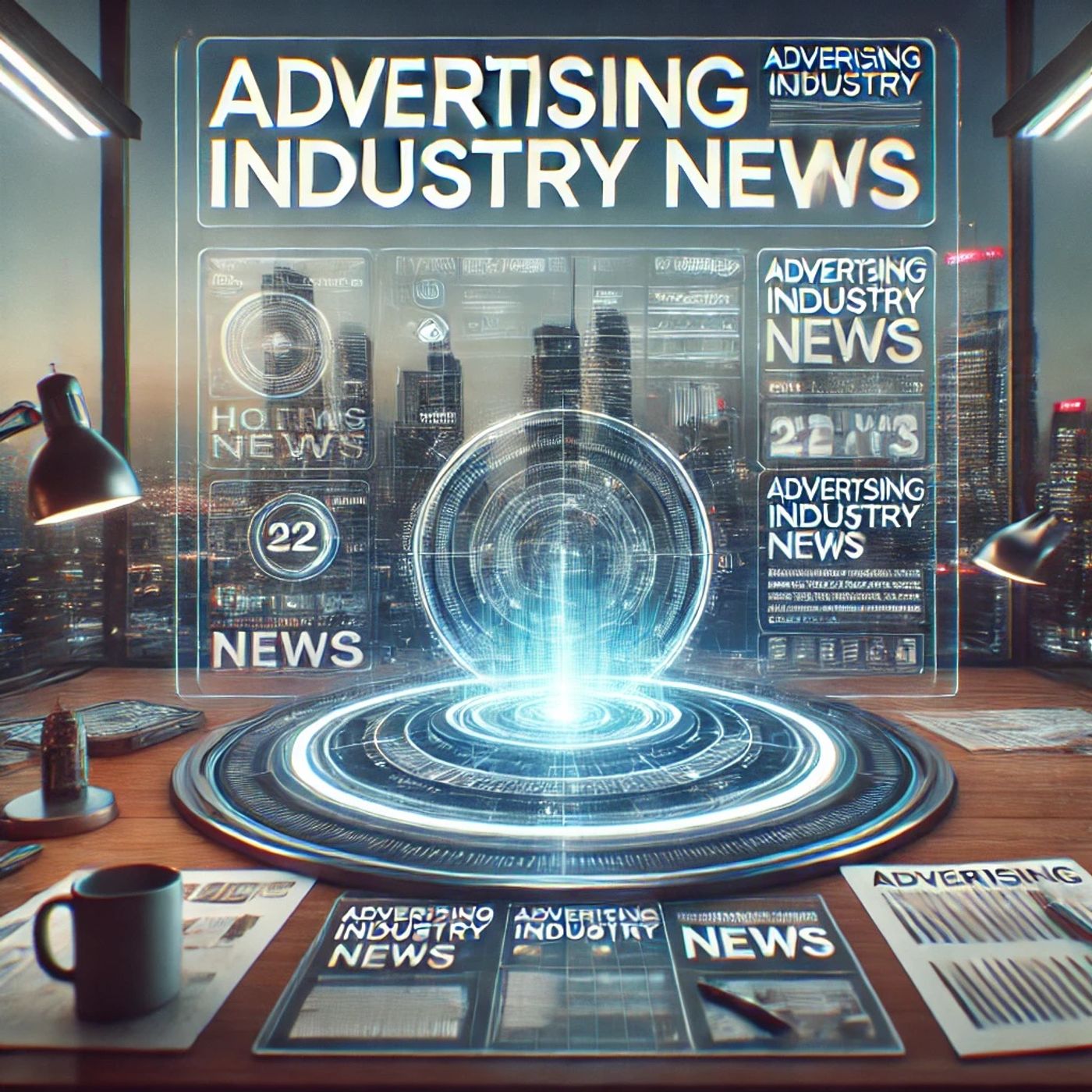Mar 21 2025 2 mins
In the past 48 hours, the advertising industry has seen several notable developments. Omnicom, one of the world's largest ad holding companies, reported strong Q4 2024 earnings, with revenue up 3.5% year-over-year to $3.9 billion. This growth was driven by continued demand for digital and data-driven marketing services.
Meanwhile, TikTok announced a new partnership with Walmart to launch shoppable video ads, allowing users to purchase products directly through the app. This move signals TikTok's growing ambitions in social commerce and could pose a threat to Meta and Google's dominance in digital advertising.
In regulatory news, the EU Parliament passed new rules requiring greater transparency around political advertising online. Starting in 2025, platforms will need to clearly label paid political content and disclose spending information. This could impact how campaigns and interest groups allocate ad budgets in Europe.
On the technology front, AI company Anthropic unveiled a new tool that can automatically generate ad copy and visuals based on campaign briefs. Several major brands are already testing the system, which promises to streamline creative production. However, some industry creatives have expressed concern about potential job displacement.
Shifting consumer behavior is also shaping industry trends. A report from eMarketer found that 62% of US adults now use ad-blocking software, up from 57% a year ago. This growing avoidance of traditional digital ads is pushing more brands to explore native advertising and influencer partnerships.
In response to economic headwinds, WPP announced plans to cut 2,500 jobs globally, or about 3% of its workforce. The company cited slowing growth in some markets and the need to invest more in AI capabilities. Other holding companies may follow suit with their own restructuring efforts in the coming months.
Overall, the advertising landscape continues to evolve rapidly, with digital platforms, emerging technologies, and changing consumer habits reshaping how brands connect with audiences. Industry leaders are focused on adapting to these shifts while also navigating economic uncertainty.
Meanwhile, TikTok announced a new partnership with Walmart to launch shoppable video ads, allowing users to purchase products directly through the app. This move signals TikTok's growing ambitions in social commerce and could pose a threat to Meta and Google's dominance in digital advertising.
In regulatory news, the EU Parliament passed new rules requiring greater transparency around political advertising online. Starting in 2025, platforms will need to clearly label paid political content and disclose spending information. This could impact how campaigns and interest groups allocate ad budgets in Europe.
On the technology front, AI company Anthropic unveiled a new tool that can automatically generate ad copy and visuals based on campaign briefs. Several major brands are already testing the system, which promises to streamline creative production. However, some industry creatives have expressed concern about potential job displacement.
Shifting consumer behavior is also shaping industry trends. A report from eMarketer found that 62% of US adults now use ad-blocking software, up from 57% a year ago. This growing avoidance of traditional digital ads is pushing more brands to explore native advertising and influencer partnerships.
In response to economic headwinds, WPP announced plans to cut 2,500 jobs globally, or about 3% of its workforce. The company cited slowing growth in some markets and the need to invest more in AI capabilities. Other holding companies may follow suit with their own restructuring efforts in the coming months.
Overall, the advertising landscape continues to evolve rapidly, with digital platforms, emerging technologies, and changing consumer habits reshaping how brands connect with audiences. Industry leaders are focused on adapting to these shifts while also navigating economic uncertainty.
